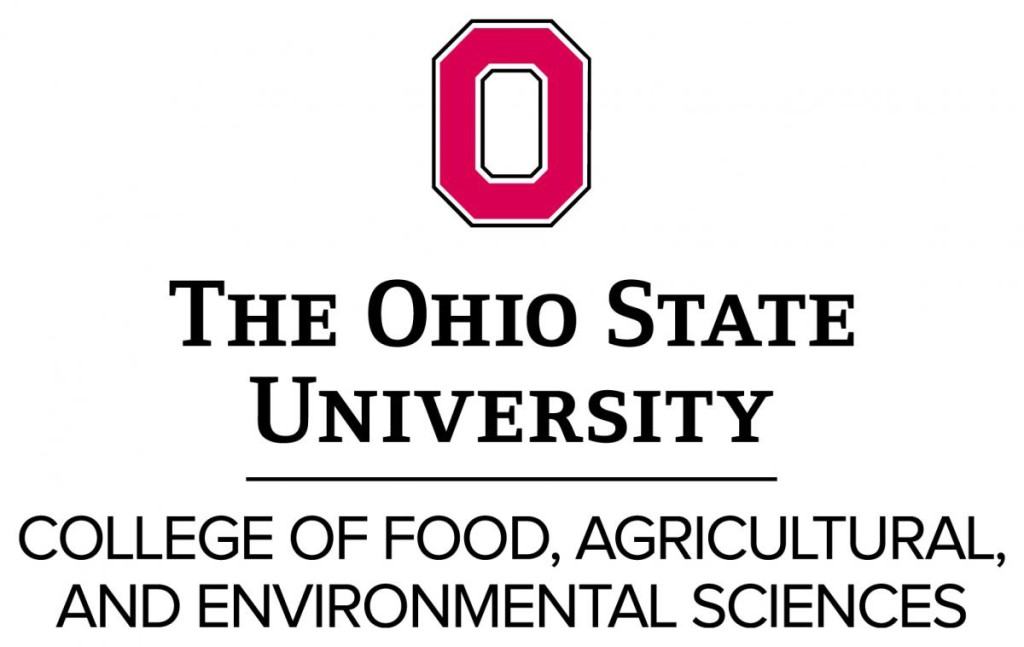By: Peggy Kirk Hall, Wednesday, September 27th, 2017
We’re happy to return to our blog after a short summer recess, but are sad to have lost fellow blogger and Law Fellow Chris Hogan, who has moved to California. Chris is now in private practice with agricultural attorney Tim Kelleher. We are confident that California agriculture is in good hands!
Our first blog post concerns updates to Ohio’s Agricultural Fertilizer Applicator Certification Program. The Ohio Department of Agriculture (ODA) recently revised the rules in order to fine-tune the program established in 2014 by Ohio’s legislature. ODA made several changes to the certification, education, and recordkeeping requirements for those who apply agricultural fertilizers to more than 50 acres of land in agricultural production. The changes go into effect on October 1, 2017.
Updates to the Certification Requirements
Three modifications to the certification requirements will: 1) provide additional clarity about how the certifications apply to employees, 2) adjust the cycle for when the certifications begin and expire, and 3) establish a grace period to obtain a renewal certification after a prior certification has expired.
- The new rule clarifies how the requirements apply to employees of businesses and farms, a provision that was unclear under the old rule. The certification rule requires all persons who apply fertilizer for the purpose of agricultural production on more than 50 acres of land to either personally have a certificate issued by the ODA Director, or to act under the instruction and control of a certificate holder. The person acting under the certificate holder must be either a family member of the certificate holder, or “employed by the same business or farm as the certificate holder.”
- Instead of starting on June 1 of year one and ending on May 31 of the third year, the certification period for an applicator will run from April 1 of year one until March 31of the third year. The new cycle will avoid mid-season headaches by ensuring that certifications will generally be in place prior to planting season.
- The new rule provides a grace period to certificate holders who do not renew their certificates prior to the expiration of their old certificates. If a certificate holder’s certificate expires before they complete a renewal application, the new rule gives the expired certificate holder 180 days after the date of expiration to complete the renewal process. The primary benefit of this grace period is that within the 180 day period, the application will be treated as a renewal application rather than a new application, which requires fewer training hours.
Updates to the Education Requirements
ODA has modified the education requirements in two important ways:
- The rule provides an examination option as opposed to requiring all applicants to attend a certain number of hours of agricultural nutrient training. This allows individuals who know what ODA wants them to know about the topic to bypass the hours of training requirement.
- The new rule differentiates education requirements for new certification applications and renewal applications. Fewer training hours will be required for renewal applications than new applications.
- New applicants have the option of either attending at least three hours of agricultural nutrient training or passing an ODA-approved fertilizer examination that demonstrates an “adequate knowledge of the fertilizer training requirements.” New applicants must successfully complete one of these options within the twelve months prior to applying for certification.
- Those wishing to renew their certifications have the option of either attending one hour of agricultural nutrient training or passing an ODA-approved fertilizer examination. Those who obtain their fertilizer certificate within twelve months of applying for a renewal certificate do not have to complete the renewal education requirements.
Additional Recordkeeping Requirements
The final change to the program rules adds two new recordkeeping requirements. For each application of fertilizer, the fertilizer certificate holder must record:
- The number of acres on which fertilizer is applied, and
- The total amount of fertilizer applied, by either weight or volume.
These are in addition to the current requirements, which include maintaining records of:
- The date, place, and rate of the application of fertilizer,
- An analysis of the fertilizer applied,
- The name of the individual who applied the fertilizer,
- The name of the certificate holder,
- The type of application method used,
- The soil and weather conditions at the time of application,
- The weather forecast for the day following the fertilizer application, and
- For surface applications, whether the land was frozen and/or snow covered during the fertilizer application.
Each of these must be documented within 24 hours of the application. The existing timing requirements, such as how long the applicator has to submit the information to the certificate holder, have not changed.
For more information, visit ODA’s Agricultural Fertilizer Applicator Certification web page and OSU’s Nutrient Education and Management website. The program rules in Chapter 901:5-4 of the Ohio Administrative Code are here.
